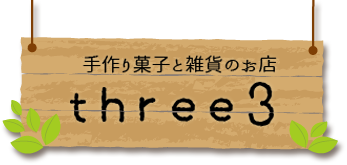General Agreement on Tariffs and Trade
2023年6月13日
General Agreement on Tariffs and Trade: Understanding the Basics
The General Agreement on Tariffs and Trade (GATT) was signed in 1947 with the primary goal of promoting international trade by reducing tariffs and other barriers to trade between member countries. GATT was a precursor to the World Trade Organization (WTO), which replaced it in 1995.
GATT is a framework of rules and principles that govern international trade. It lays down the principles for trade liberalization and provides a forum for negotiating multilateral trade agreements. The agreement is based on the principle of non-discrimination, which means that countries cannot discriminate between their trading partners and must treat them equally.
One of the primary objectives of GATT was to reduce tariffs on goods traded between member countries. Tariffs are taxes that countries impose on imported goods to protect their domestic industries. By reducing tariffs, countries were able to increase the flow of goods between them and promote economic growth.
GATT also aimed to reduce other barriers to trade, such as quotas and regulations. Quotas are limits on the amount of goods that can be imported into a country. Regulations can vary from country to country and can include things like health and safety standards or labeling requirements. GATT sought to reduce these barriers and promote free trade.
Another important aspect of GATT was the dispute settlement system. This system allowed members to bring disputes over trade-related issues to a panel of experts who would make recommendations on how to resolve the issue. If a member refused to comply with the recommendations, other members could retaliate by imposing trade sanctions.
GATT was an important tool in promoting international trade and reducing barriers to trade between member countries. Its successor, the WTO, continues to build on the principles laid down by GATT and provides a forum for negotiating new trade agreements.
In conclusion, the General Agreement on Tariffs and Trade was a significant step forward in promoting international trade and reducing trade barriers between member countries. It laid down the principles for trade liberalization and provided a framework for negotiating multilateral trade agreements. Its legacy continues to be felt today through the work of the World Trade Organization.



